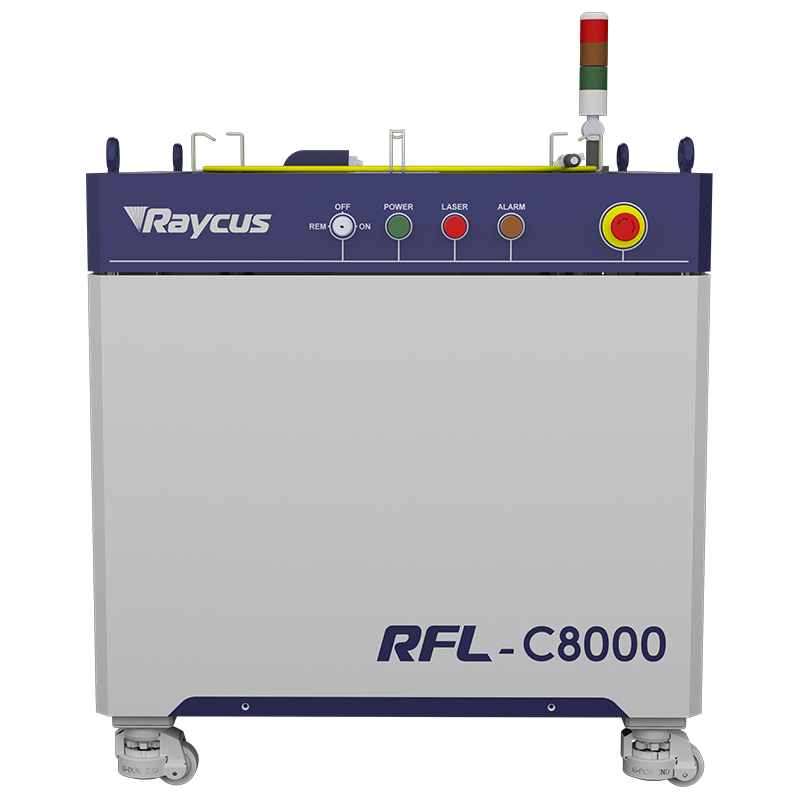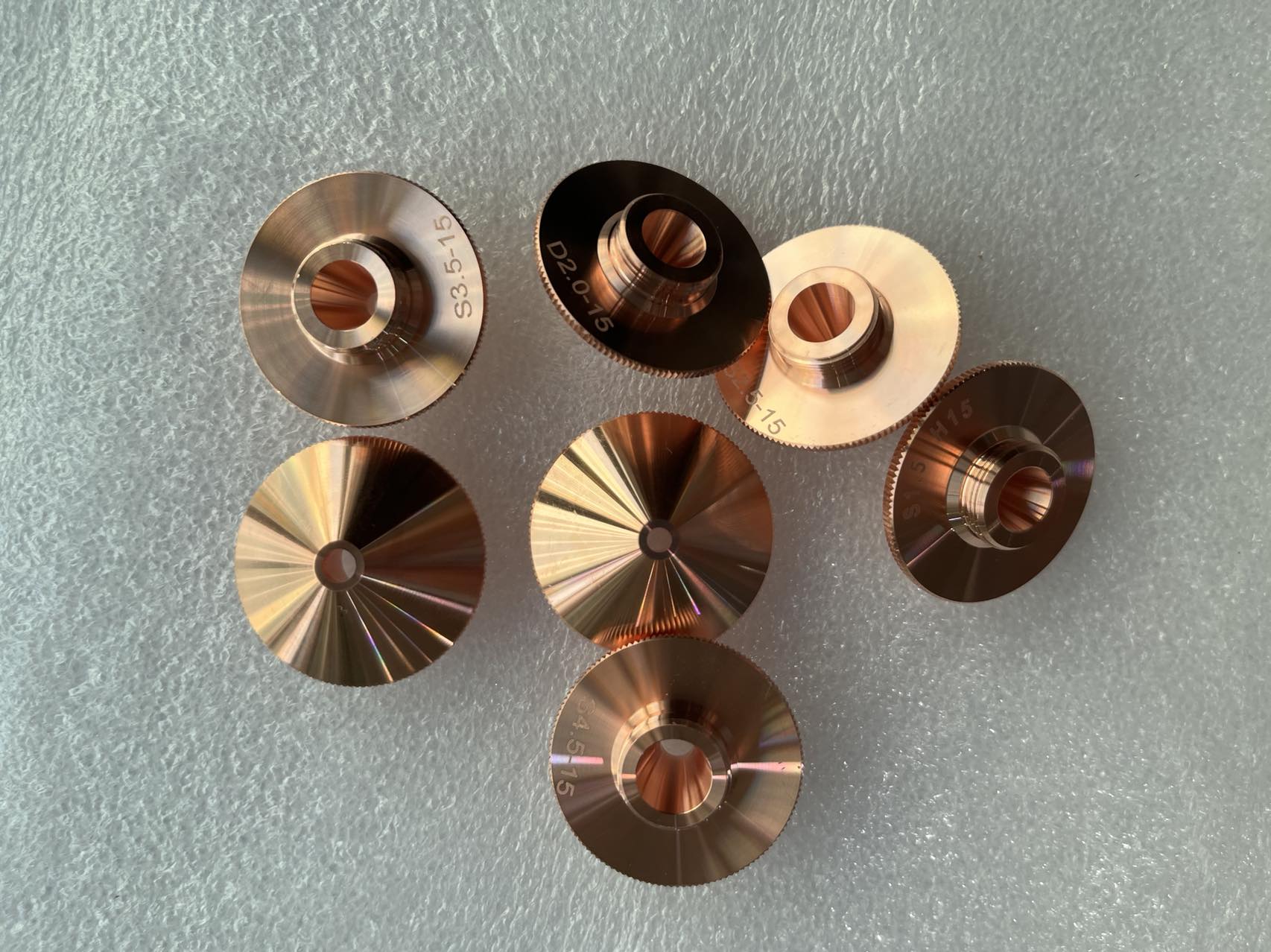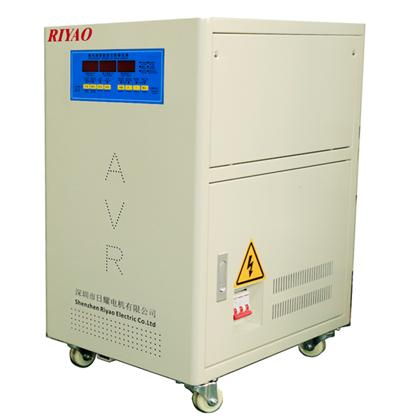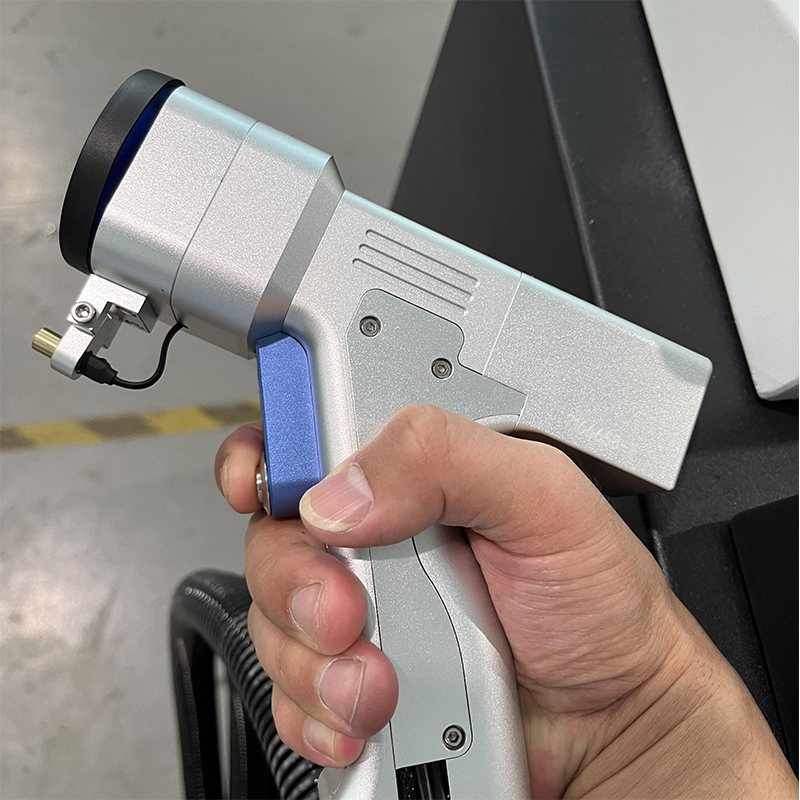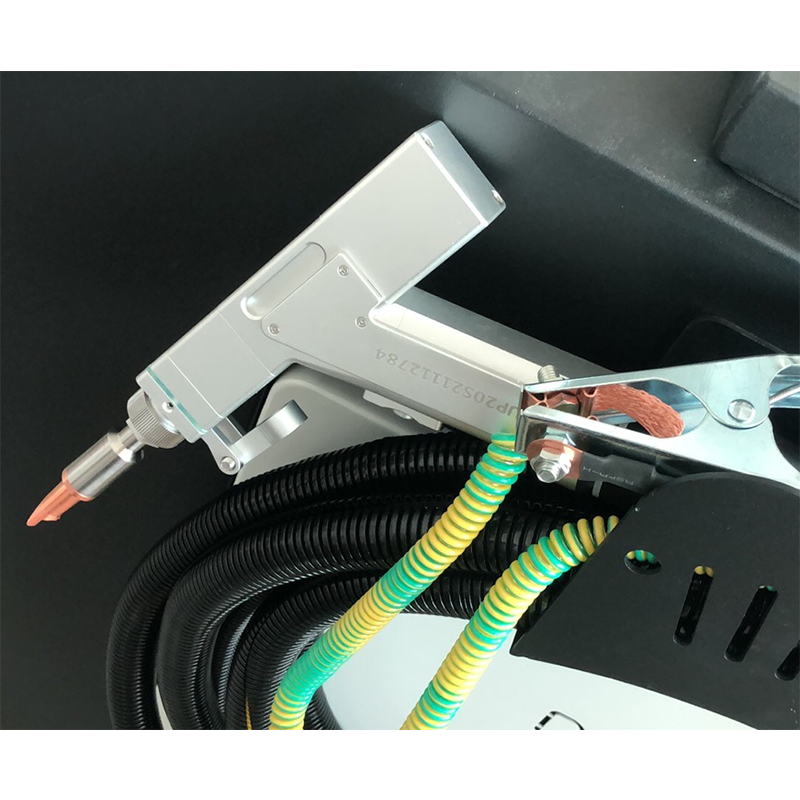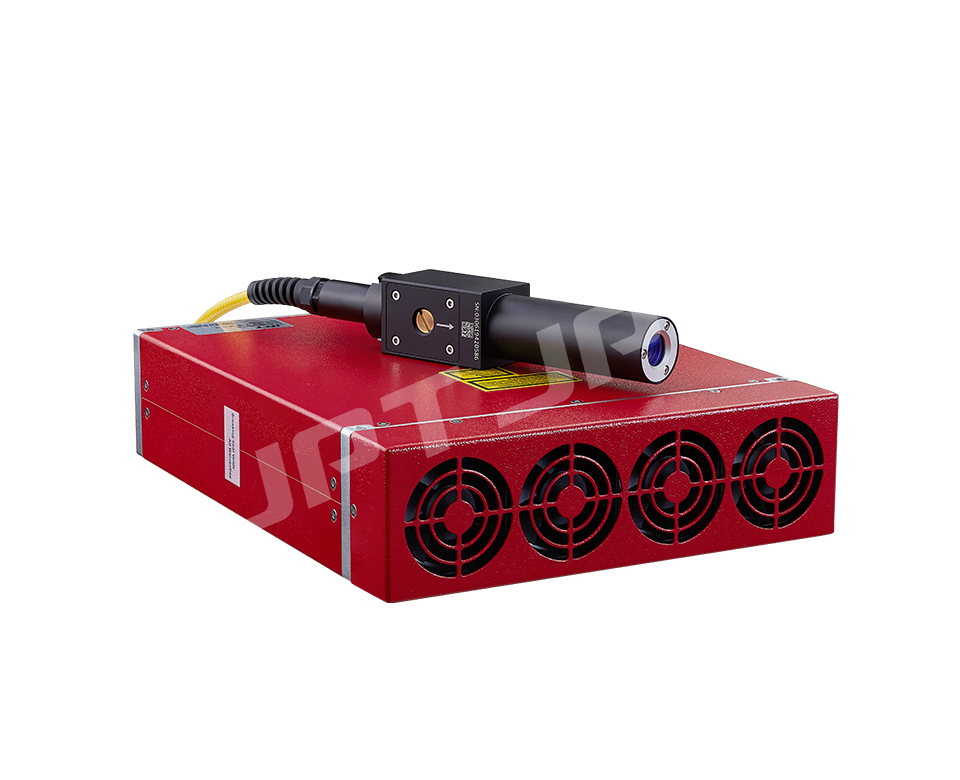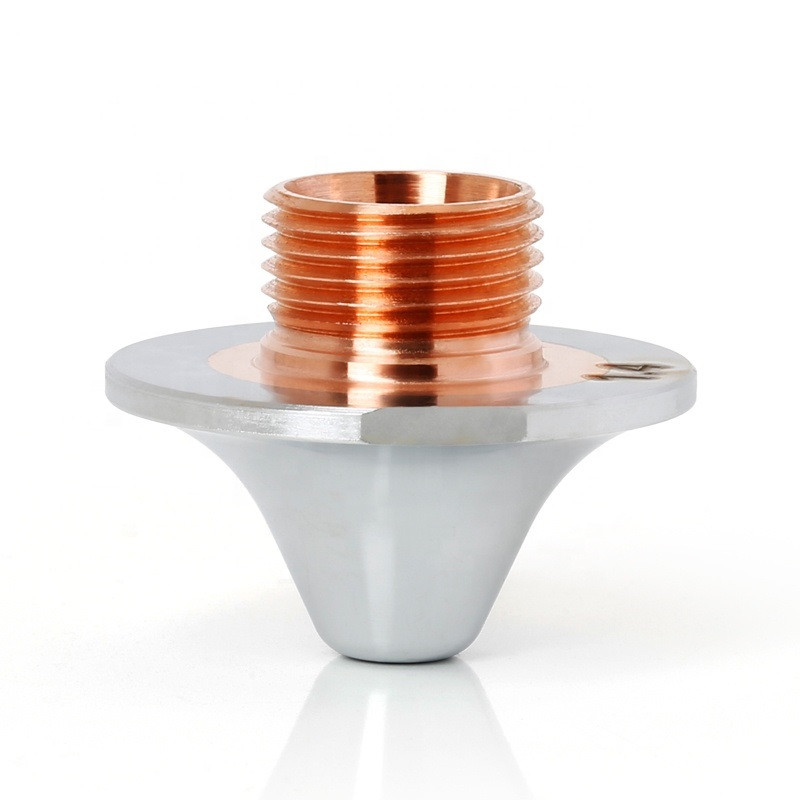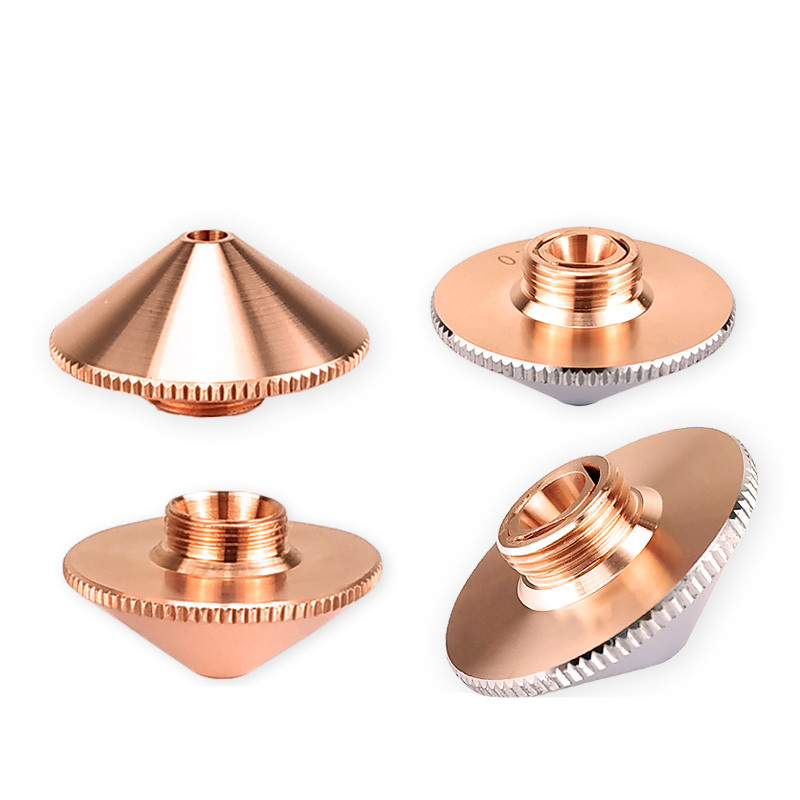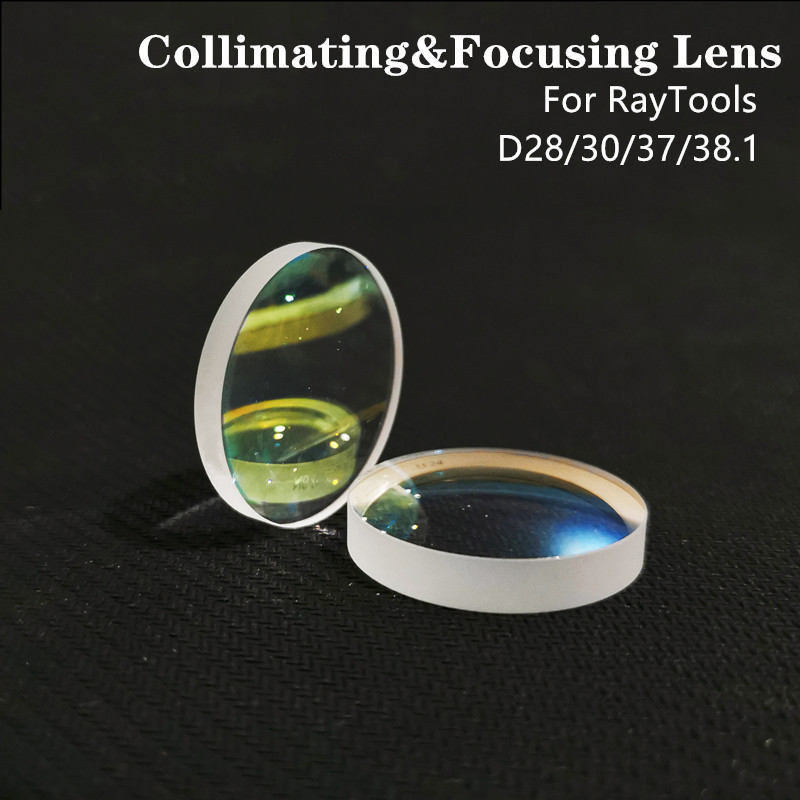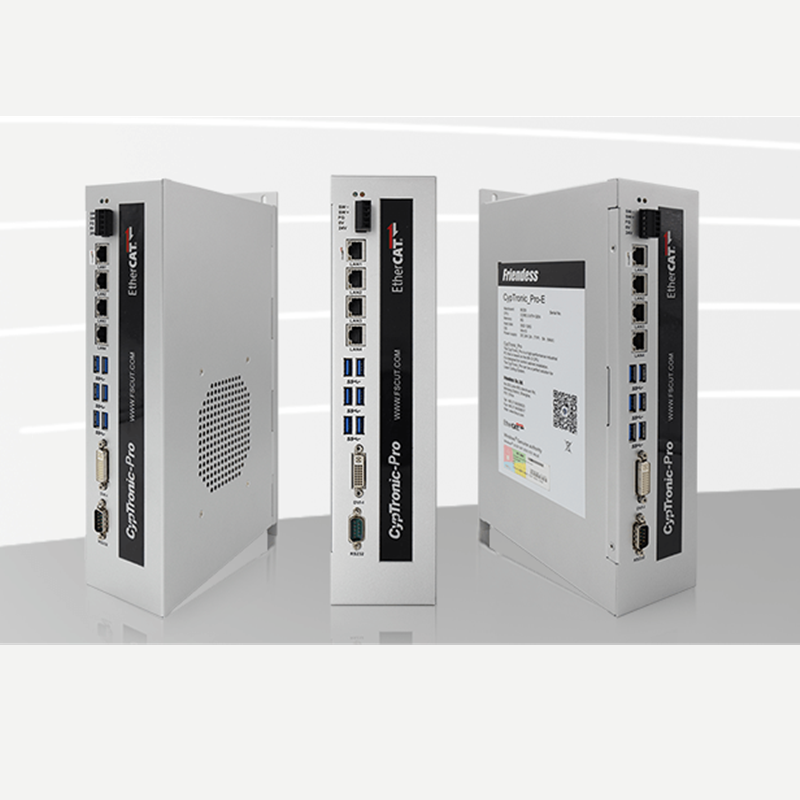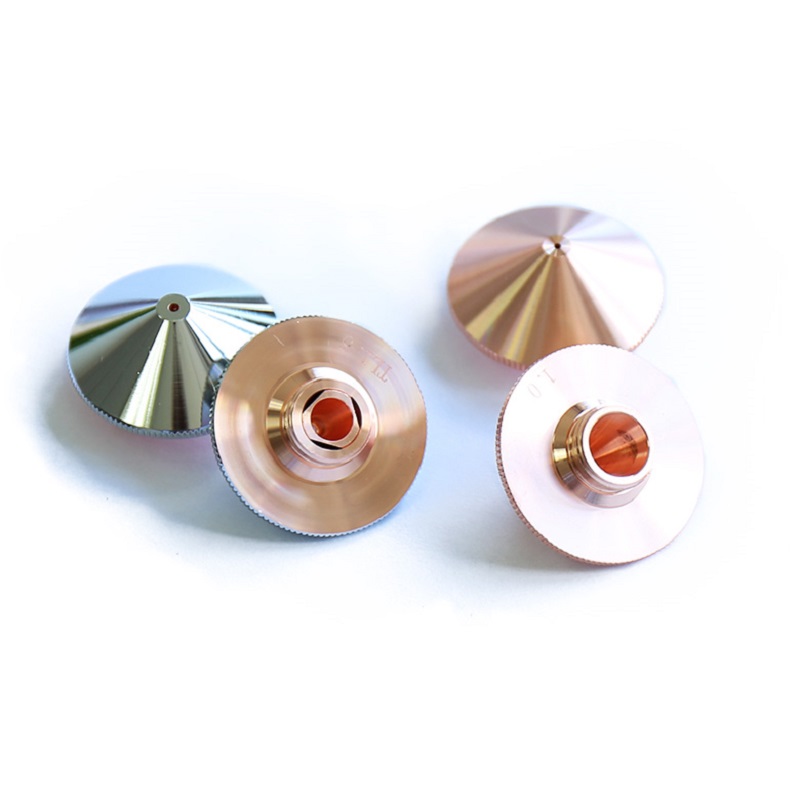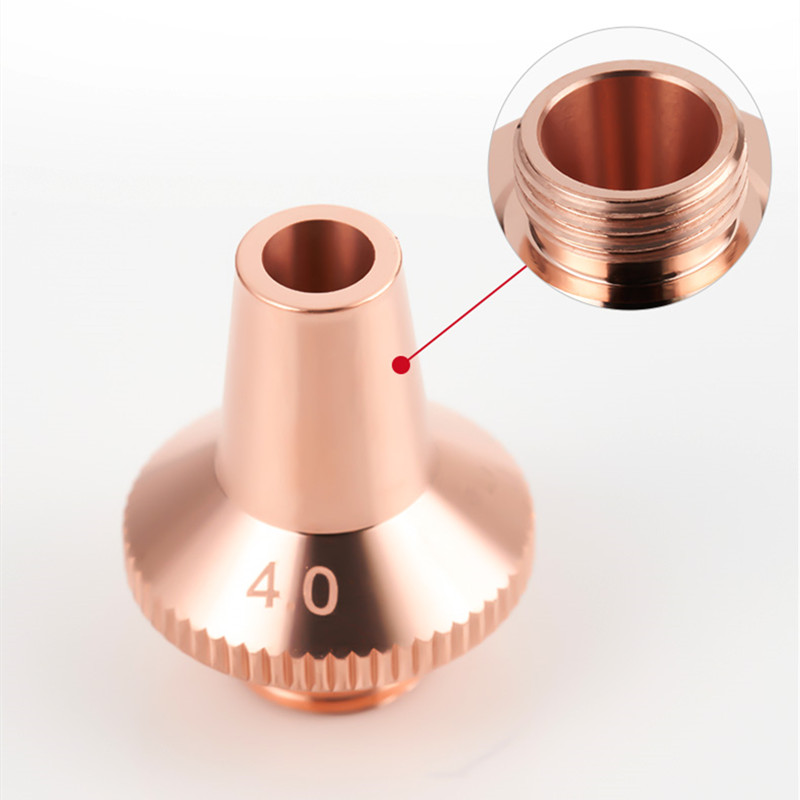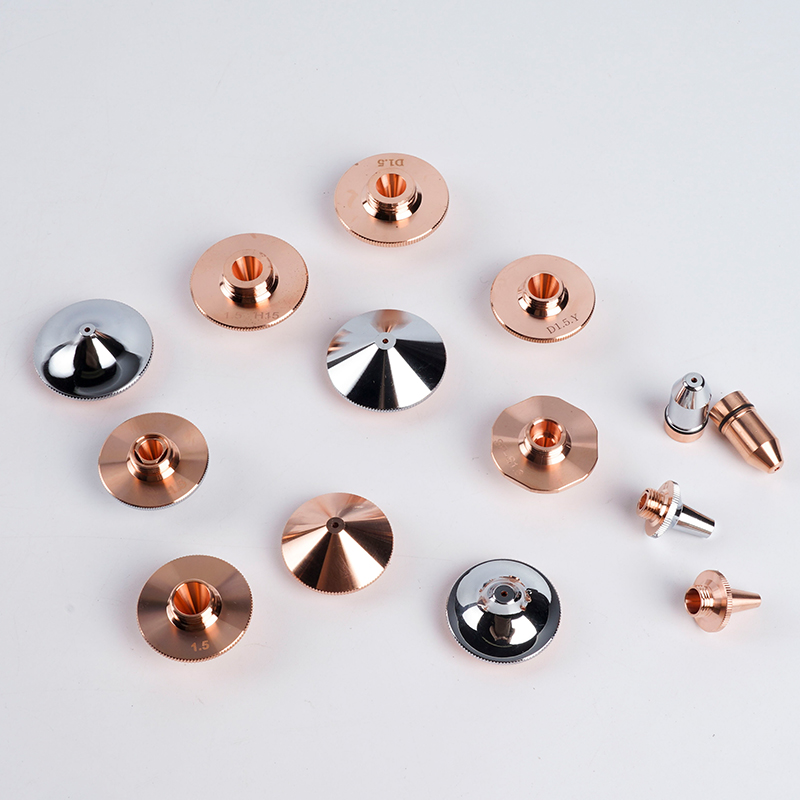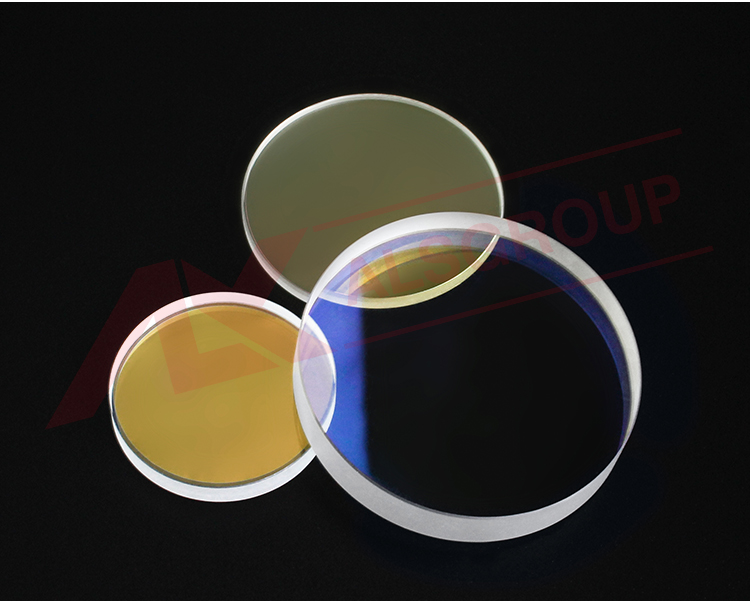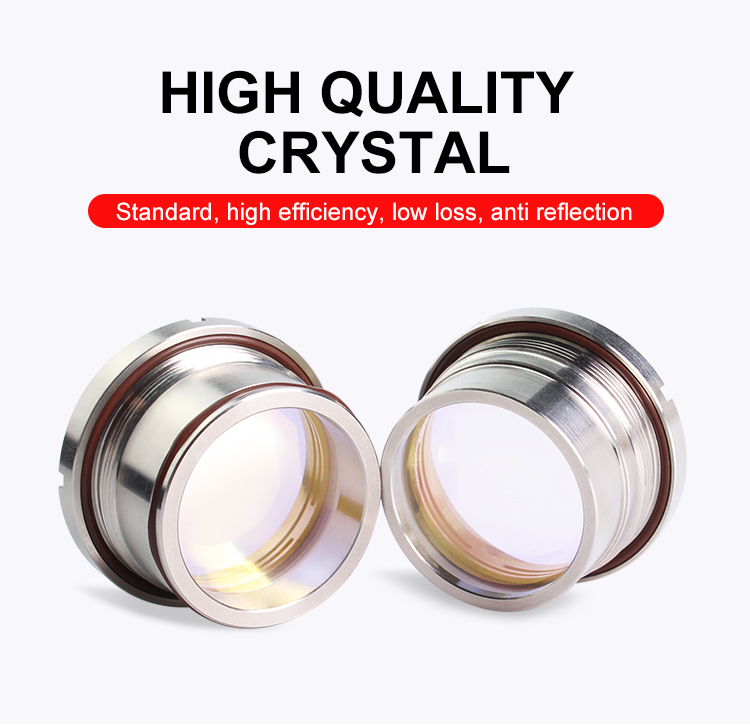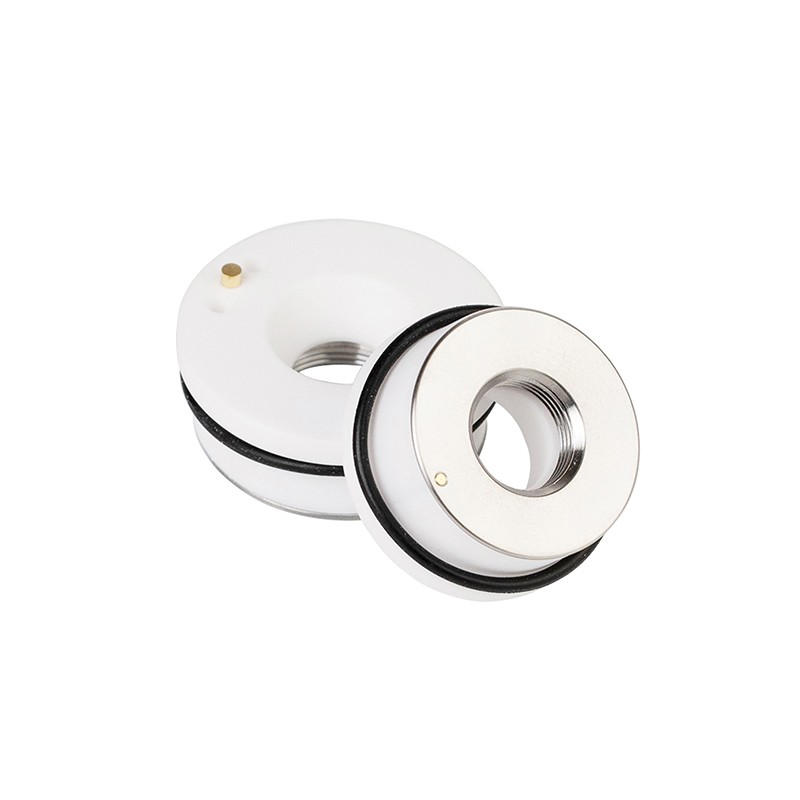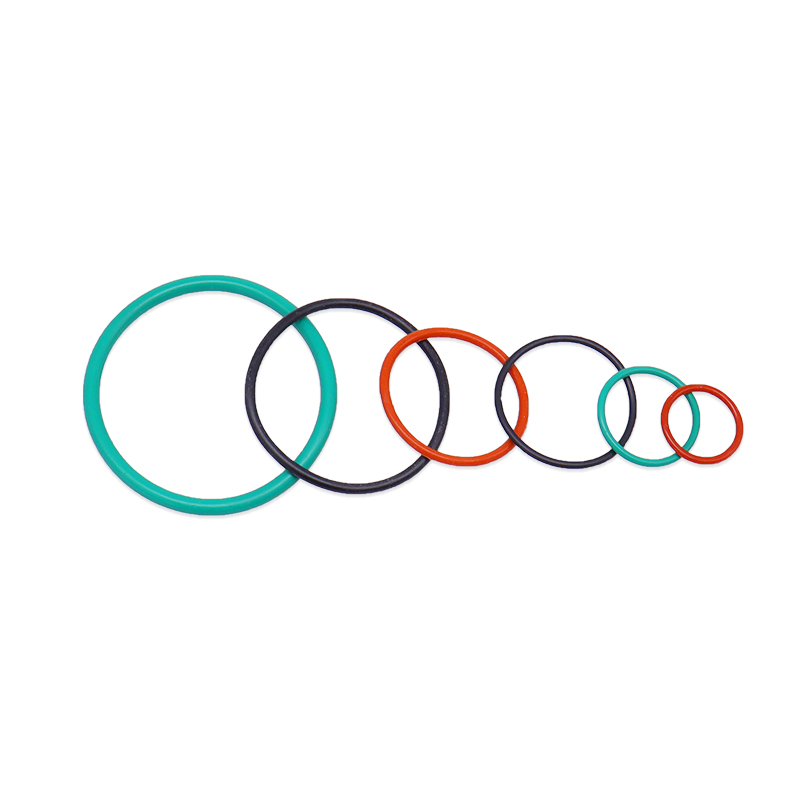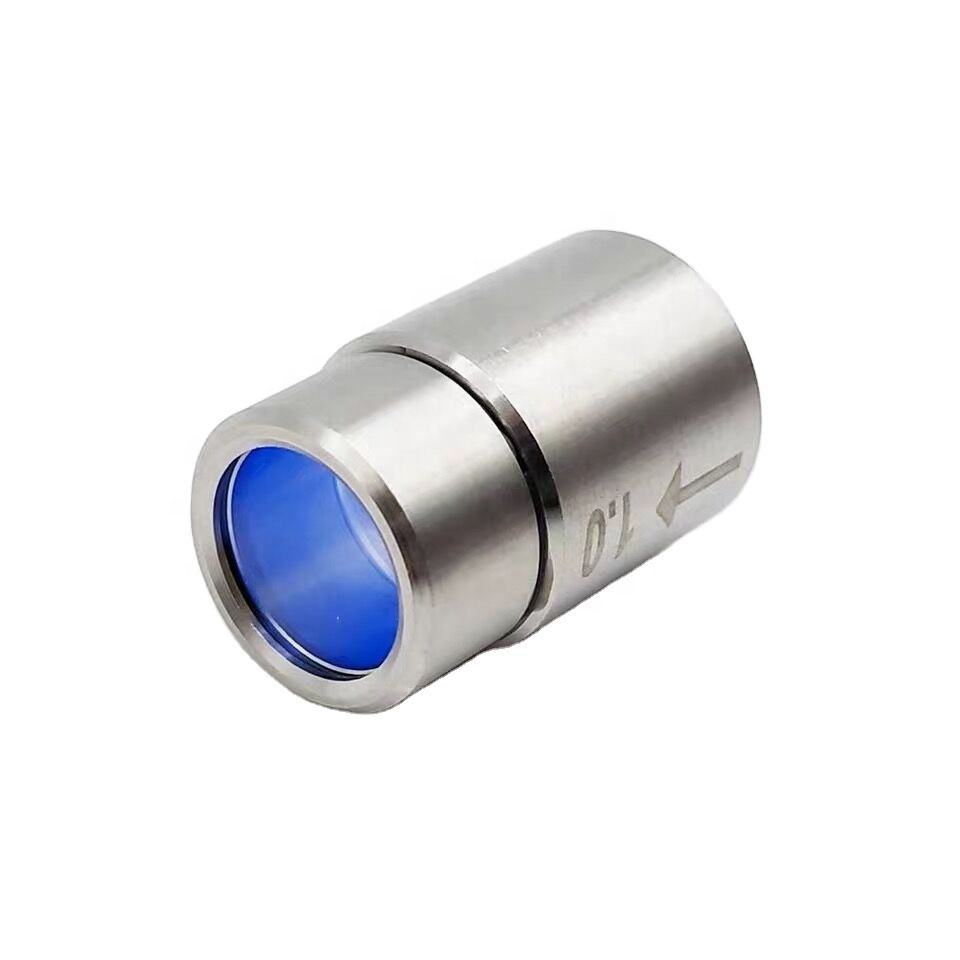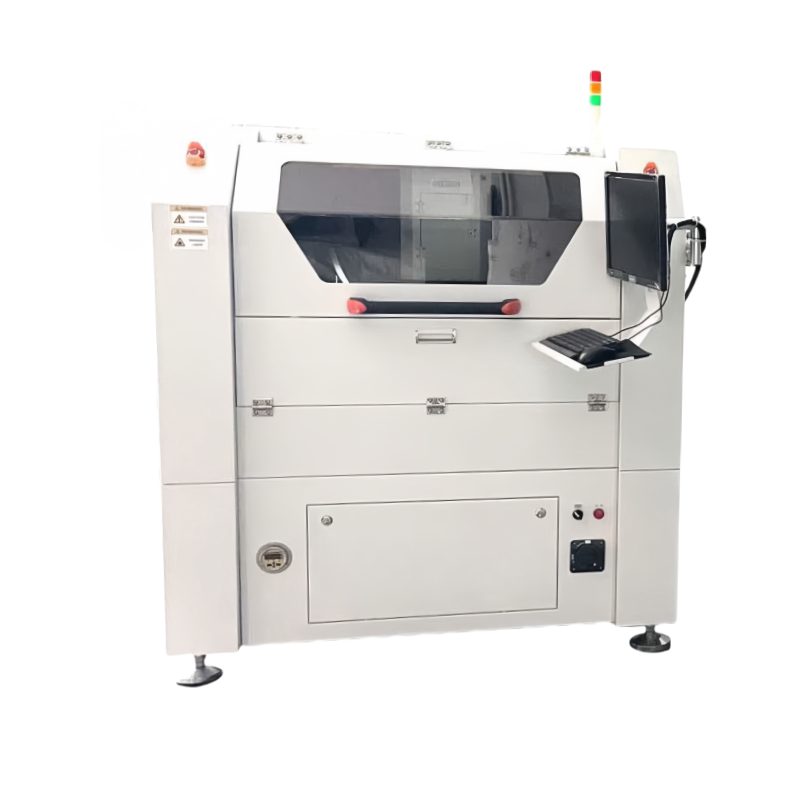Precise Laser Cutting Process for Cutting 0.028mm Stainless Steel Sheets in Electronics and Microelectronics

The use of precise laser cutting technology for cutting 0.028mm stainless steel sheets is an essential process in the electronics and microelectronics industries. Due to the thinness of the material, high precision is crucial to achieving clean cuts and ensuring the integrity of the components, especially for sensitive and complex applications such as circuit boards, connectors, and electronic enclosures.
Key Features and Benefits of Laser Cutting for 0.028mm Stainless Steel Sheets
1. High Precision and Accuracy
Laser cutting delivers micron-level precision, ensuring that 0.028mm stainless steel sheets are cut to exact specifications.
The focused laser beam allows for tight tolerances, which is crucial when working with delicate electronics where high accuracy is a must.
2. Clean and Smooth Edges
The process produces burr-free edges with minimal thermal distortion due to its high precision.
Smooth cuts are especially important for electronics that require fine details and need to fit into tight spaces without additional post-processing.
3. Minimal Heat-Affected Zone (HAZ)
The laser's precision minimizes the heat-affected zone, ensuring that the properties of the thin stainless steel, such as its corrosion resistance and strength, are maintained without any damage or discoloration.
This is particularly important for electronics that need to withstand prolonged use in harsh environments.
4. Non-Contact Process
Laser cutting is a non-contact process, meaning there is no physical force applied to the material. This reduces the risk of deformation, which is essential when cutting thin metal sheets.
No tool wear occurs, ensuring that complex and intricate cuts can be achieved without impacting the quality of the material.
5. Ability to Cut Complex Geometries
Laser cutting can create highly complex and intricate shapes, which is critical for manufacturing small electronic components, microcircuitry, and detailed patterns.
This allows for the cutting of fine holes, slits, and customized parts required in microelectronics.
6. Efficient and High-Speed Cutting
Laser cutting allows for high-speed processing, which makes it suitable for mass production of electronic components.
The process is highly efficient, minimizing production time while ensuring consistent quality for each cut part.
Applications of Laser Cutting for 0.028mm Stainless Steel Sheets in Electronics and Microelectronics
1. Printed Circuit Boards (PCBs)
Laser cutting is used to cut fine traces and patterns on PCBs for electronic devices such as smartphones, computers, and wearable technology.
The high precision ensures that circuit traces remain intact and that the integrity of the connections is maintained.
2. Microconnectors and Contact Components
Connectors, pins, and spring contacts are often fabricated from thin stainless steel sheets. Laser cutting is ideal for creating small, precise parts that fit into tight spaces in electronic devices.
It ensures high electrical conductivity and reliable contact points.
3. Electromagnetic Interference (EMI) Shields
0.028mm stainless steel sheets are commonly used to create EMI shields for electronics to protect against radio frequency interference (RFI) or electromagnetic interference (EMI).
Laser cutting helps achieve precise dimensions for shields, ensuring they fit perfectly into electronic enclosures.
4. Laser Cut Components for Wearable Devices
For wearable electronics, thin stainless steel components such as bands, cases, and battery connectors are fabricated using laser cutting.
The precision of laser cutting ensures that these components fit ergonomically while maintaining strength and resistance to corrosion.
5. Thin Metal Enclosures for Microelectronics
Thin stainless steel sheets are used for creating protective enclosures for microchips, sensors, and circuitry. Laser cutting ensures that the enclosures are made to the exact specifications needed to protect the sensitive components inside.
Advantages of Using Laser Cutting for 0.028mm Stainless Steel in Electronics and Microelectronics
Precision and Accuracy: Laser cutting ensures that even the smallest electronic components are fabricated with high precision, which is essential for creating complex and delicate parts.
Reduced Material Waste: The precision of laser cutting means that less material is wasted, resulting in cost savings and more efficient material use in manufacturing.
High Speed: The process allows for high-volume production of small, detailed components with consistent results at a fast pace, increasing overall manufacturing efficiency.
Versatility: Laser cutting can handle various metal thicknesses and can be used to cut complex geometries needed for microelectronics and electronics.
Cost-Effective for Mass Production: While the initial setup costs for laser cutting may be higher, the reduced need for tooling and the speed of the process make it cost-effective in the long term for large-scale production runs.
Conclusion
The precise laser cutting process for cutting 0.028mm stainless steel sheets in the electronics and microelectronics industries ensures the production of high-quality, intricate components that meet the stringent requirements of these fields. The benefits of high precision, smooth finishes, and minimal heat distortion make laser cutting the preferred choice for manufacturing small, detailed electronic parts, such as PCBs, connectors, EMI shields, and microelectronics enclosures. This method ensures that the components are both durable and reliable, making it crucial for modern technological advancements.



